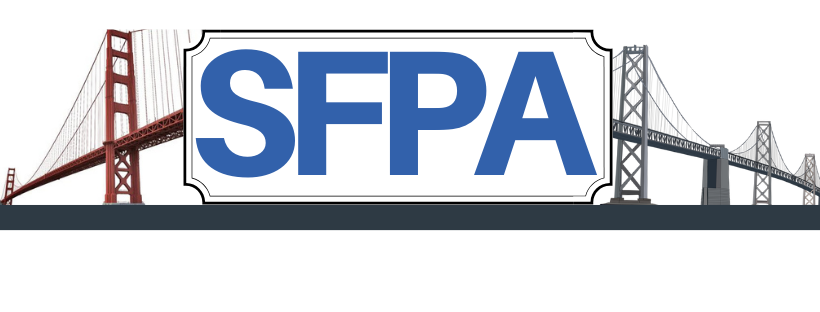Bloomberg Law
September 12, 2017
By Zachary Mider
The nation’s highest courts are hearing from a lot of “friends” these days — outside parties who weigh in on consequential judicial decisions by filing legal briefs. This week, Bloomberg News is publishing a series of stories revealing how these friends aren’t always who they appear to be. Sometimes, they’re paid lobbyists in disguise, helping well-funded litigants attempt to tip the scales of justice.
1. How are friends of the court supposed to work?
The amicus curiae, or friend of the court, sits outside the adversarial system that prevails in American courtrooms. Almost anyone can submit an unsolicited brief, and most are accepted. Lawyers and judges generally see the briefs as benign and sometimes helpful, providing courts with arguments or facts that neither party raises. Judges are under no obligation to read them. At the U.S. Supreme Court, parties’ counsel routinely recruit and coordinate the arguments of such allies.
2. Are parties allowed to pay for friends of the court?
Yes, but in the nation’s highest courts, these payments must be disclosed. The Supreme Court adopted its disclosure rule in 1997, and the federal appeals courts in 2010. They require friends of the court to state in writing whether a party to the case wrote their brief or if anyone who’s not an amicus paid for it. Amicus briefs that disclose such payments are rare. That means the rules eliminated most pay-to-play — or some friends are misleading the courts.
3. What kind of problems can arise?
In some high-stakes cases, parties have paid, or were accused of paying, friends of the court to submit briefs without disclosure. In one case, a lawyer submitted a brief in the name of several organizations that say they never agreed to take part. Other friends didn’t run afoul of disclosure rules but still had undisclosed financial ties to parties with a stake in the outcome. The result is that amicus briefs can increase a well-funded litigant’s advantage in court. A party might be allowed to file only one brief, but by enlisting a paid army of friends, it gets more bites at the apple.
4. How widespread are these irregularities?
Nobody knows. Experienced federal appellate attorneys and scholars interviewed by Bloomberg News say they’ve never heard of these kinds of irregularities. Most of them expressed surprise.
5. Do friends of the court have any influence?
Sometimes. A few academic studies, examining statistical outcomes and judges’ citations of amicus briefs in opinions, have found a modest influence on certain types of judges or in certain types of cases. One study found that litigants were more likely to win when they came to court with an amicus ally and their opponents didn’t. Lawyers who appear before the Supreme Court evidently believe they’re important. Amicus wranglers who coordinate allies often rack up large legal bills. In one case highlighted in the series, decided narrowly in favor of a party with paid amicus supporters, a judge wrote that she found the friend-of-the-court briefs “persuasive.”
6. How big a role do friends of the court play?
More than 90 percent of Supreme Court cases attract at least one amicus. Some are high-profile cases, tackling issues such as gay marriage or abortion, where a lot of interest groups want to weigh in. It’s hard to imagine the parties in cases like these would need to pay anyone to participate, or that a single amicus could expect to tilt a decision. It’s a different story in the federal appeals courts, where the decisions can be more humdrum, even if they have a huge impact on litigants. Comprehensive figures are hard to come by, but data suggest that only a tiny percentage of federal appeals court cases attract even one amicus. It’s possible that coming to court with an amicus ally could make a bigger difference in those cases. The data also suggest the use of amicus briefs in appeals courts is growing fast.
7. Do all courts require disclosure?
No. These disclosure rules don’t apply to federal district courts, and many state court systems don’t have them either. But the most significant decisions, and the most amicus activity, are concentrated in the highest federal courts.
8. What could be done to improve the situation?
Judge Richard Posner of the U.S. Court of Appeals for the Seventh Circuit has advocated for far stricter standards in the federal judiciary, allowing amicus briefs only in rare cases when the arguments of parties’ counsel is somehow insufficient. But some of Posner’s concerns have to do with courts becoming a forum for interest-group politics rather than covert lobbying. It’s possible to imagine modest changes to the brief-filing process that would make it harder for lawyers to file briefs on behalf of groups without permission, or to profess ignorance about whether their clients were actually paid.
The Reference Shelf
- A study by Joseph Kearney and Thomas Merrill on the influence of amicus briefs on Supreme Court decisions.
- A tally by lawyers at Arnold & Porter LLP of Supreme Court amicus briefs in the 2015-2016 term.
- An opinion by Judge Posner articulating his skepticism about amicus briefs.
- “The Amicus Machine,” by Allison Orr Larsen and Neal Devins, examining amicus activity at the Supreme Court.
- A 2014 paper, “Frenemies of the Court,” in which by Helen Anderson argues for a more restrictive approach to amicus briefs at the appeals court level.
- The Supreme Court’s ruling in Green v. Biddle, in 1821, the first American court case on record to involve an amicus curiae: the Kentucky statesman Henry Clay.
https://bol.bna.com/how-friends-of-the-court-can-tip-the-scales-of-justice/

